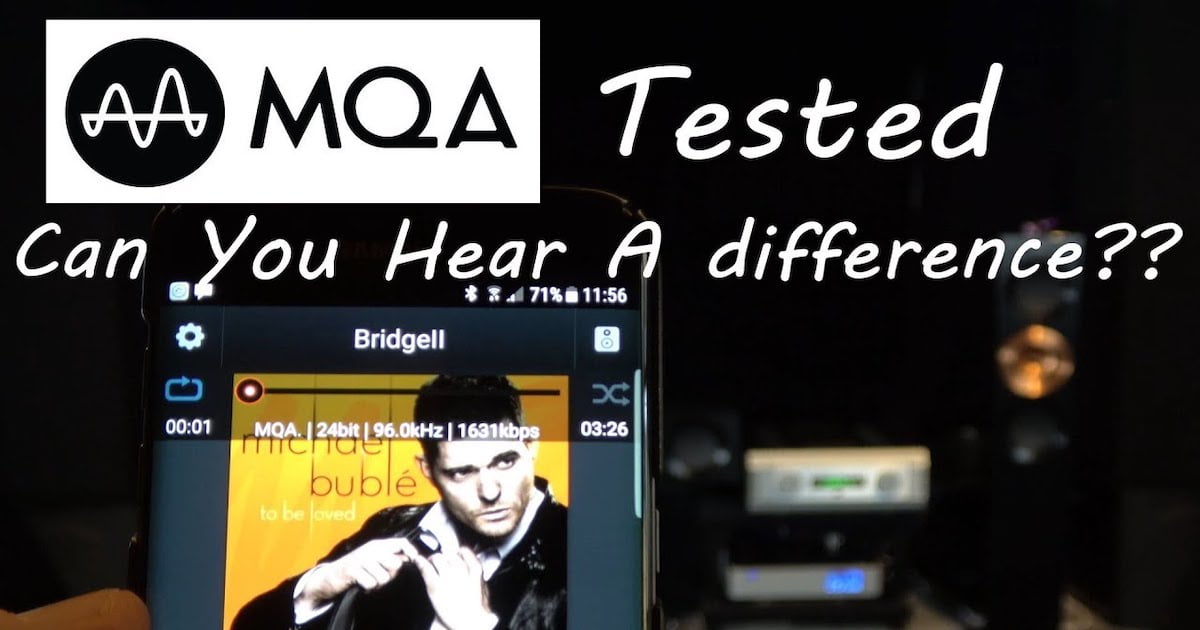It’s the time of year for saving money!
 Having shed almost every last vestige of what it once was, the Consumer Electronics Show (CES) is a shadow of its former self for high-performance audio. This had been a show open to only industry professionals, dealers and the press. It had been a time where manufacturers kicked off new products and dealers could discuss sales relevant issues – like quotas, discounts and payment terms and do so away from the general public prying ears.
Having shed almost every last vestige of what it once was, the Consumer Electronics Show (CES) is a shadow of its former self for high-performance audio. This had been a show open to only industry professionals, dealers and the press. It had been a time where manufacturers kicked off new products and dealers could discuss sales relevant issues – like quotas, discounts and payment terms and do so away from the general public prying ears.
With its now dramatically smaller footprint (and impact) those days are gone, never to return. For the most part, the torch has been passed, as it were, to the May High End Show in Munich. Now US manufacturers must travel across the ocean to do what CES used to accomplish.

Or maybe not.
Axpona has grown from a sleepy little show bouncing around from city to city to a large, international show presumably permanently housed in a stunning Chicago venue. It would be safe to say Axpona is every bit as large, if not even larger than the Rocky Mountain Audio Fest (RMAF) held in Denver in late summer / early fall. This year, RMAF will be in a brand new venue, owned by Gaylord, offering more of everything – rooms, restaurants, and parking as opposed to the Marriott which was short on all three counts.
In my mind, both of these shows are attempting to fill the vacuum left by CES. Both shows are playing around with the idea of having a dealer only day so the business end of the hobby may be opined in private. How successful this attempt becomes remains to be seen. Because always lurking in the background is the behemoth “over there” – namely Munich, where crowds dwarf both Axpona and RMAF.

For consumers there are now, in the US anyway, a number of shows to attend. While Axpona and RMAF are the largest, there are other shows in CA, NY the DC area and one this year in Florida all seeking one common goal, introduce audio components to the public.
Each year when I attend RMAF or Axpona, I catch up with Audiophile Review editor Steven Stone. We typically try and share one meal and talk audio. Our time is typically short because Steven is usually on a mission in his role for the Absolute Sound. Because of the size of both shows, seeing everything is a near impossibility.
Same might be said for the average consumer. For myself, I usually attend shows to see interesting equipment, catch up with people I usually only see at a show and generally enjoy a long weekend away. And to be perfectly honest, after about two days, I’m ready to come home, chiefly because I want to listen to my favorite audio system, mine.

RMAF and Axpona will each host somewhere around 170 rooms. Anyone whose goal is to see everything would need to plan to visit about 55 or so rooms per day. This does not take into consideration the time required to walk a huge hotel, wait on elevators, have lunch and listen to music. Fifty-five rooms in about eight hours, for three straight days. A herculean task to be sure.
Most journalists cover only a specific part of a show – like speakers above or below a certain price point, DAC’s, or phonostages. Because in the end, no one can effectively cover every room in the show. Manufacturers or dealers spending a princely sum to be at one of these shows can only hope enough traffic finds its way into their room to justify the expense of being there in the first place.
Have audio shows therefore grown too large to be effective? Are there simply too many of them, with too many rooms each, that the expense of hosting them, and participating in them has concurrently grown too large? How much influence does one of these shows have over the buying public? Have they become a default replacement for the dealer network which has dramatically declined over the last ten years?

Audio shows give manufacturers access to more potential buyers than any dealer network could very likely ever hope to provide. Dealers will see more potential customers than they ever will locally. Both also get a considerable amount of coverage from audio journalists, or at least they hope so. Not all rooms covered by any one journalist makes its way into a magazine or web site.
Cost is another factor, both from a manufacturer’s and consumer’s point of view. Justifying the cost for a large audio show can be a difficult decision to make for any participant. Costs can easily reach five figures for a week at an audio show. For each show attended.

For consumers, travel costs are the primary concern. By the time I fly to Chicago or Denver (my flight to Denver in September alone is $860.00), pay for a hotel, rental car, and dining, I will easily spend $1400.00 or more dollars. And yes, that is an expense I pay for myself. But that is fine. My enjoyment of the show justifies the cost. But it does pain me to realize that one, I cannot possibly see every room at the show, and two, I probably don’t even want to do so. Still, I’ll read in a magazine or web site about a room I didn’t visit and think, “why didn’t I go there?” And the why is usually answered with “because there just wasn’t time. I had more important rooms to see first.”
Those who will attend RMAF this year will, along with the rest of us, see an historically prominent show in a brand new, gleaming venue – expensive venue as well. So, as you wander the halls looking at the signs outside the rooms and think, na, I don’t want to go in there, consider what you might be missing. Audio shows have grown considerably larger for a whole host of reasons. Question is – have they outgrown their effectiveness?









I’ve only attended Axpona but I think it’s fantastic. For me, all the high end speakers and amps (e.g. +10k) are just eye candy and filler. In these rooms, you always have a few bearded middle-aged men with T-shirts, potbellies and crossed arms carefully listening to music on equipment they will never purchase much less afford. Does anyone really buy that stuff?
This simply underscores fact that you should only spend time with the things that are important to you. What I like will be there and I love having lots of choices. Moreover, despite the crowds and the size, I never felt crowded or overwhelmed. In fact, the best thing about the show are the people and the many conversations about the passion we all share. In my view, bigger is better.